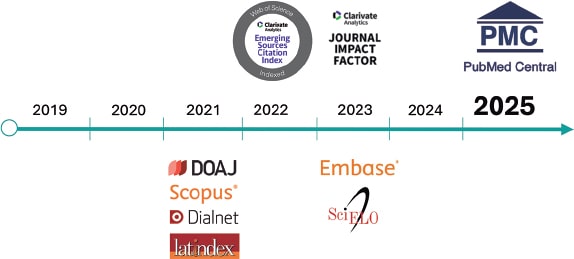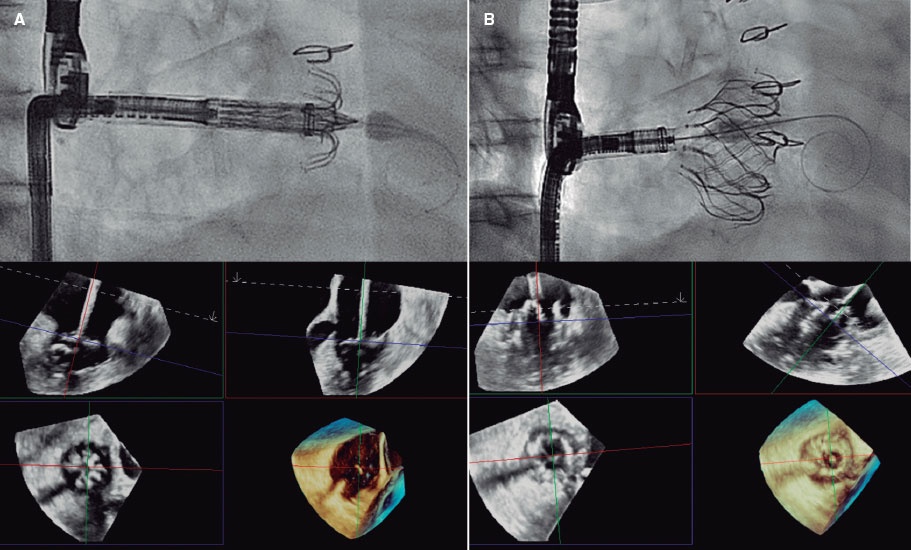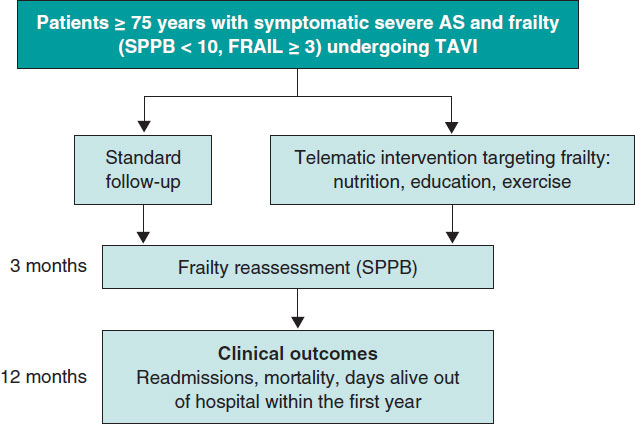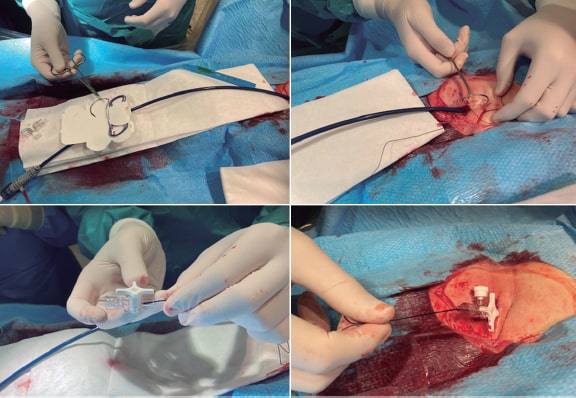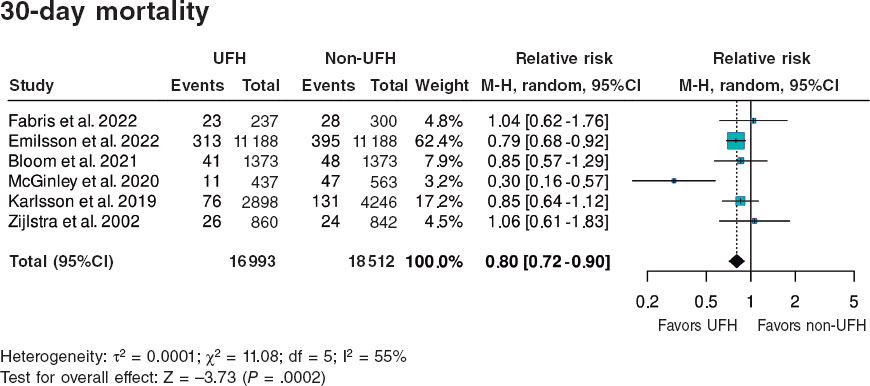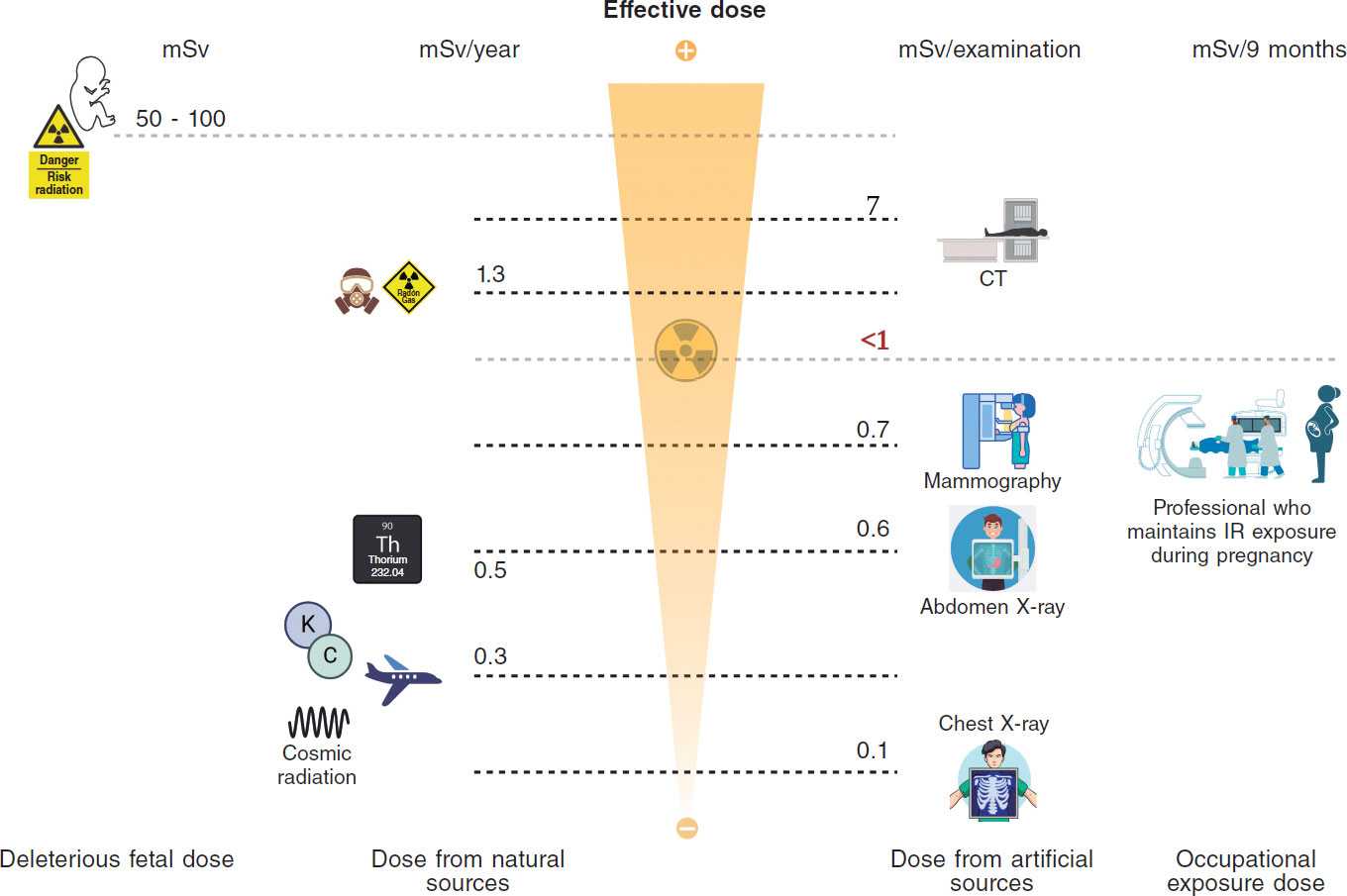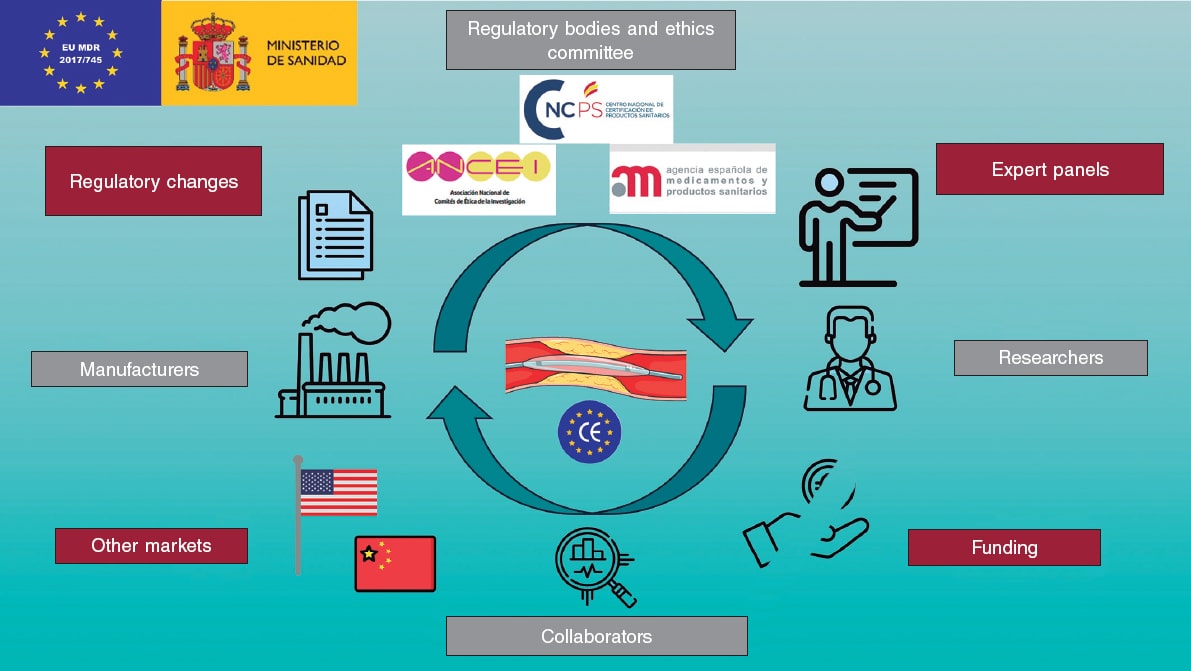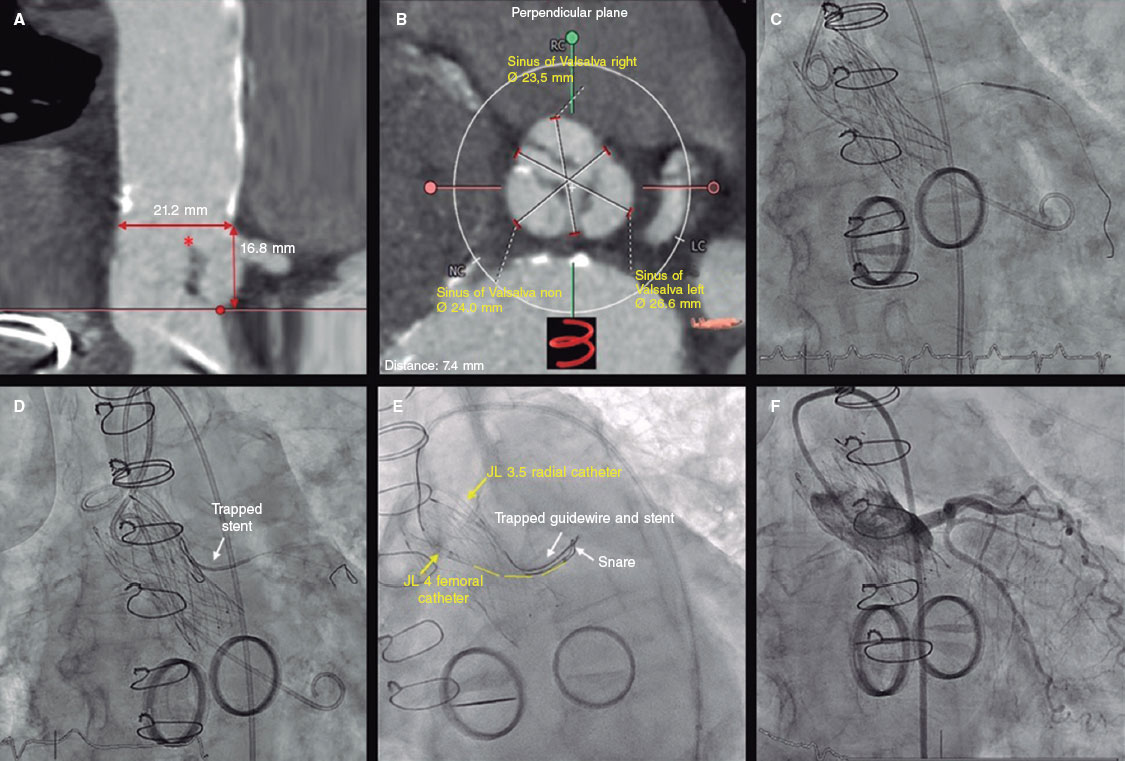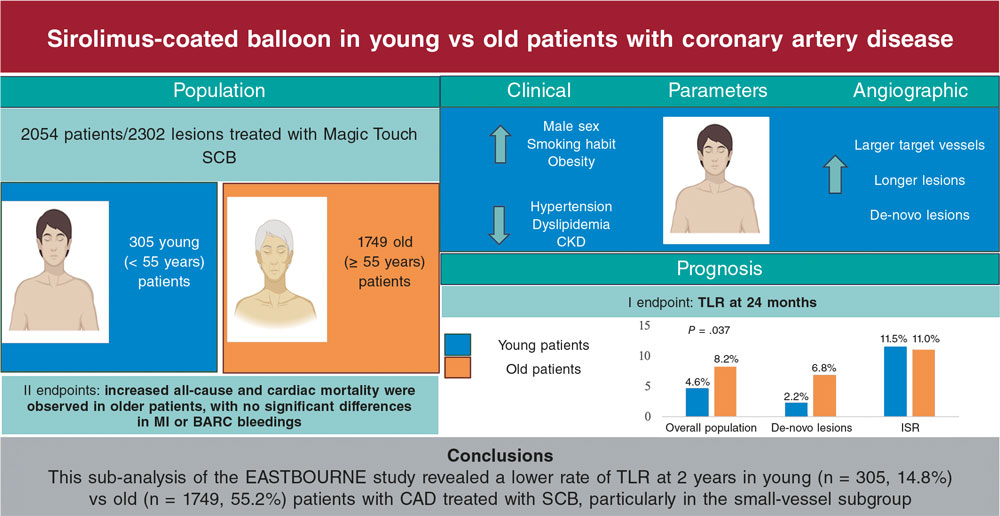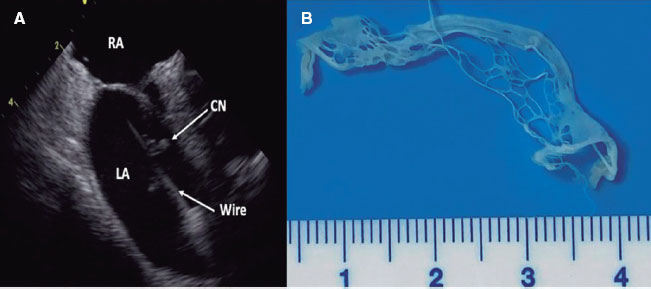A 72-year-old man with stable angina underwent coronary angiography, which revealed the presence of severe, calcified stenosis in the proximal left anterior descending coronary artery. Optical coherence tomography (OCT) confirmed the presence of a thick calcified lesion of eccentric and concentric distribution (figure 1, video 1 of the supplementary data). Orbital atherectomy (OA) using the Diamondback 360 system (Abbott Vascular, United States) was advanced initially at low speed (80 000 rpm) and, then, at high-speed backward ablation (120 000 rpm). Post-OA OCT revealed significant plaque modifications. Firstly, the sanding effect on the superficial calcium revealed a notable finding that could resemble a clover morphology (figure 2B,E, dashed red lines, asterisks). This “clover sign” consisted of 3 symmetrically distributed ablation pathways due to the combination of the antegrade and retrograde ablations that modify the plaque in different axes. Additionally, pulsatile forces of the OA induced deep calcium fractures (figure 2C). After predilation, a drug eluting stent was implanted with excellent results (figure 2D, F; video 2 of the supplementary data).

Figure 1.

Figure 2.
We believe that this case adequately illustrates the effect of OA in calcified plaques and defines the specific features of the “clover sign”. In deep, concentric calcified plaques, OA shows its double effect: the sanding effect reduces plaque volume by ablating the superficial calcium while pulsatile forces of crown rotation act on the deeper and thicker calcium layers, thus contributing to plaque fracture.
The “clover sign” resembles the unique effect of bidirectional sanding on the calcium surface of OA, which increases with multiple directions and velocities. Furthermore, OA is the only plaque modification device that can ablate forward and backwards taking advantage of a “favorable wire-bias” and, consequently, producing 2 or 3 ablation pathways, thus revealing this characteristic finding in intracoronary imaging. Therefore, the “clover sign” could be a predictor of better plaque modification by significant debulking while facilitating stent apposition and expansion.
FUNDING
None declared.
ETHICAL CONSIDERATIONS
This case report was conducted in full compliance with the ethical principles set forth in the Declaration of Helsinki. Prior written informed consent was obtained from the patient for the publication of this report and accompanying images. Additionally, the authors have adhered to the Sex and Gender Equity in Research (SAGER) guidelines. No sex/gender bias was identified in the interpretation of this case.
STATEMENT ON THE USE OF ARTIFICIAL INTELLIGENCE
The authors declare that no artificial intelligence software has been used in the creation of this manuscript.
AUTHORS’ CONTRIBUTIONS
J. Zubiaur and A. Jurado-Román conceptualized the case report, performed the literature review, and drafted the manuscript. A. Gonzálvez García, S. Jiménez-Valero, G. Galeote and R. Moreno contributed to manuscript revision, provided clinical insights, and conducted a critical review of the manuscript. All authors read and approved the final version of the manuscript.
CONFLICTS OF INTEREST
R. Moreno is associate editor/editor-in-chief of REC: Interventional Cardiology; the journal’s editorial procedure to ensure impartial handling of the manuscript has been followed. The authors declared no financial conflicts on the content herein.
SUPPLEMENTARY DATA
Vídeo 1. Zubiaur J. DOI: 10.24875/RECICE.M25000506
Vídeo 2. Zubiaur J. DOI: 10.24875/RECICE.M25000506


